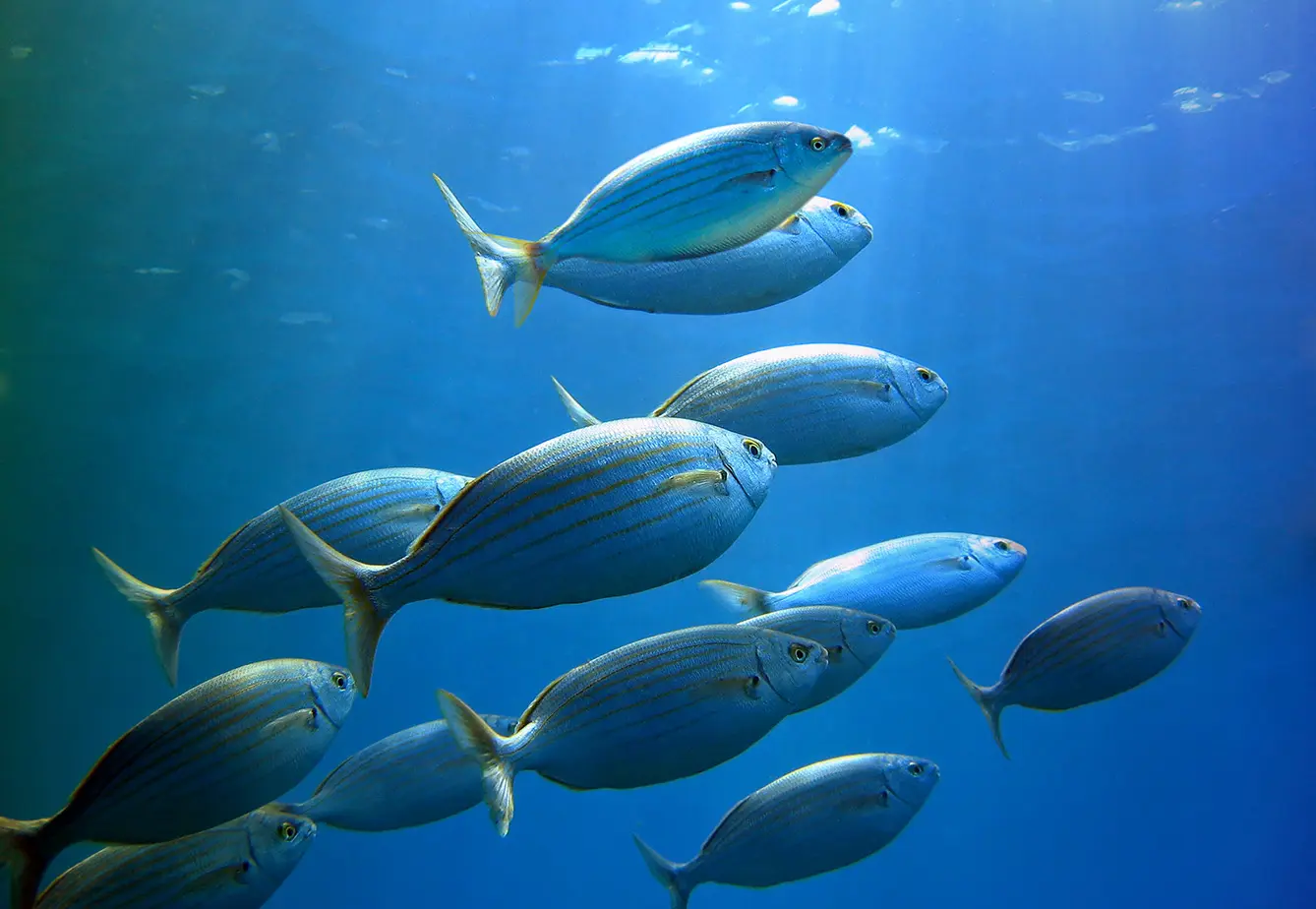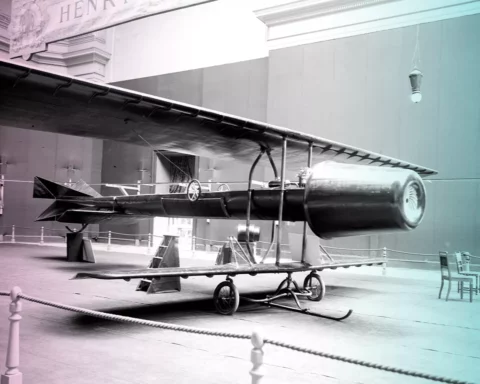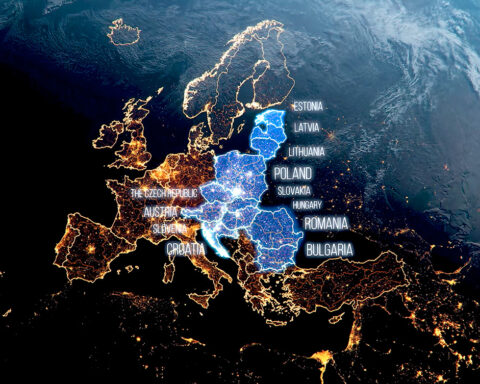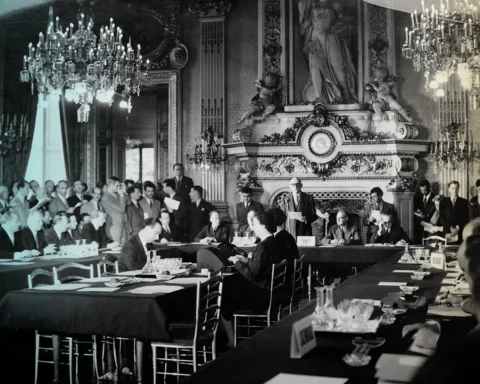The world’s population is increasing, and the UN estimates the number could reach as high as 11 billion in 2100 before slowing down. More resources are needed to produce the calories that are necessary to feed people in a way that would minimize the damage made to the environment, such as the growing of soybeans at the expense of rainforests.
Startup Blue Planet Ecosystems has come up with a smart solution that could help resolve the scarcity of food. The LARA systems product is a large container composed of three smaller ones, enriched by AI and machine learning, that help grow and maintain healthy aquaculture.
Blue Planet Ecosystems
Blue Planet Ecosystems was founded in 2018 by Austrians Paul and Georg Schmitzberger. As Paul Schmitzberger, the CEO, has stated, the aim was to start something that seemed like a good idea and would correspond to the professional background of the founders in engineering and economy. Over the last four years, the startup managed to raise over EUR 50 million in revenue, according to the Light Reading portal. The company currently has two offices in Vienna and San Francisco and employs around 15 people whose professional backgrounds are in biology, data science, and engineering.
The product consists of three containers that stand on top of each other and can be up to 12 meters high. On the very top, sunlight is transformed into seafood. The seafood is subsequently used to feed the plankton located below. The plankton is then consumed by the fish.
LARA: Nature and Technology Come Together
More specifically, sunlight reaches LARA through a photovoltaic panel and stimulates microalgae in the tubes. Apart from sunlight, carbon dioxide, nitrogen, phosphorus, and other compounds interact in the process, Paul Schmitzberger clarified in an interview. Once microalgae grow, they are fit into the second unit where the Daphnia Zooplankton is located. Upon consuming the algae, they grow exponentially. The Daphnia are then pumped into the lowers part of the ‘container’ where the fish are kept.
To start off, it is enough to put 200 grams of fish larvae into the fish tank. If fed and well treated, they grow into 2,000 pounds of fish, which is around 900 kilograms.
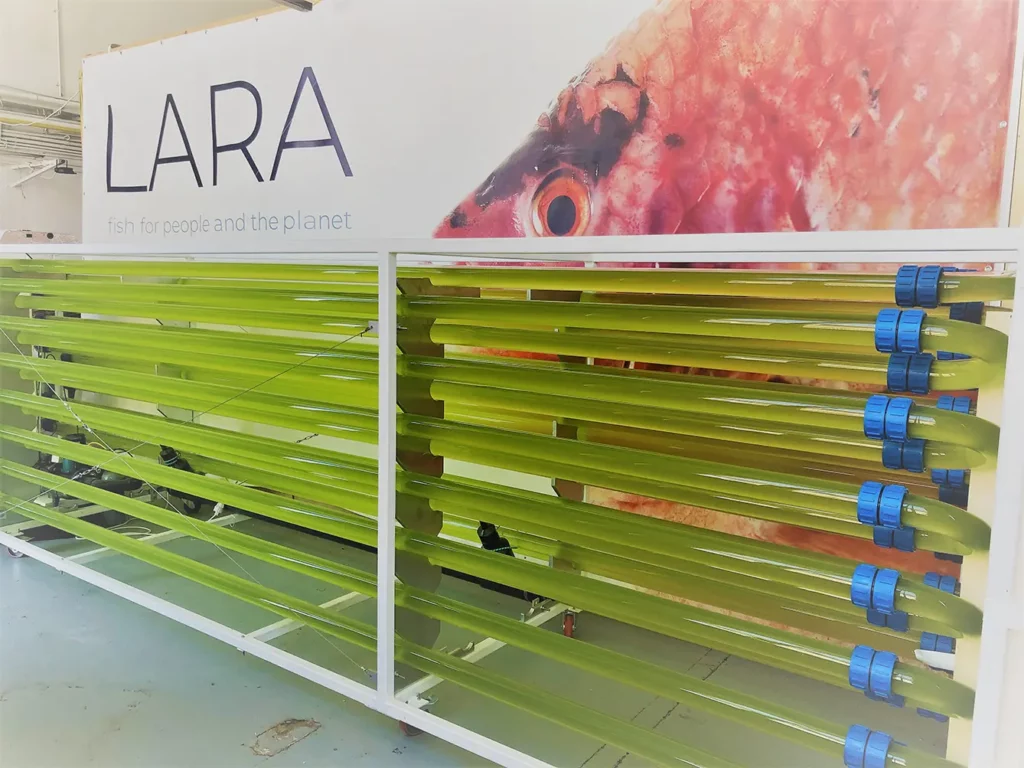
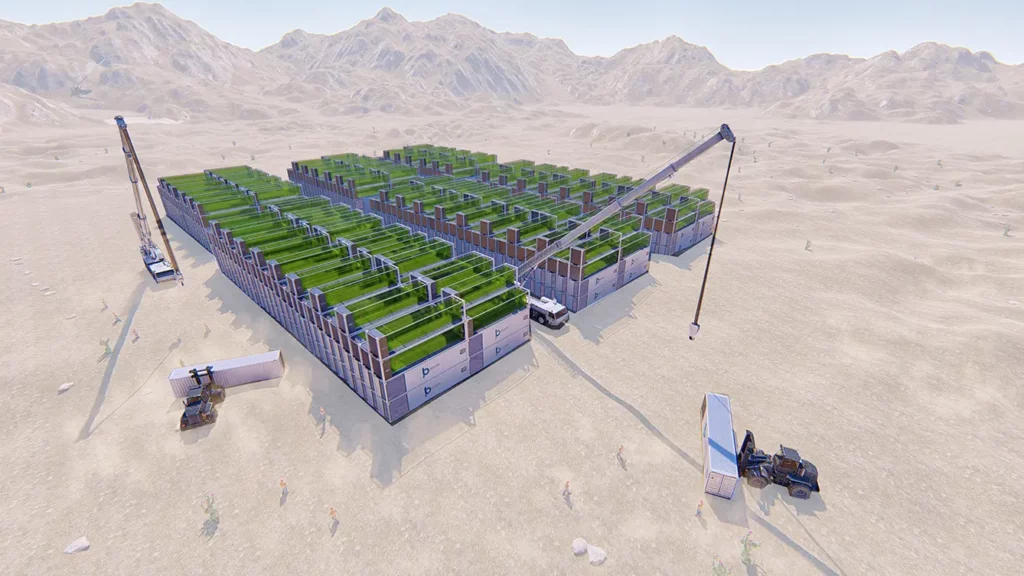
The product is unique in that it manages to provide healthy breeding of fish that are not exposed to plastic. Likewise, they have enough space to live, which is a problem in many different fishing industries. Even though LARA is detached from nature, it works well with it as the process starts with capturing natural sunlight. To stem production consistently throughout the year, many different algae are used rather than just one type, the CEO stressed.
AI and machine learning do not interfere with the natural processes in LARA but help to run the device. They control the temperature, which differs in each part of the device. At the very top, where algae are located, it can vary from 60 to 100 degrees Celsius. Furthermore, they keep a track of the health of fish, monitor the number of plankton every 40 seconds, and look after the water condition.
Challenges and Potential
LARA is currently in its demo phase and is being promoted around the world. It is too early to predict its price. Perhaps once released, it will be the first successful startup of its kind from the Three Seas region to appear on the map of global aquaculture startups presented by the StartUS platform.
If this phase goes well, as several pitches have gone so far, Blue Planet Ecosystems offer a promising solution to food shortages that is friendly to the environment. Paul Schmitzberger would like to see LARA containers placed in the desert where they could supply much-needed food resources and make use of the sunlight. Another aim is to also see LARA containers shipped onto a ferry. Considering that a large ship can carry more than 20 thousand containers, the LARA aqua product could feed a whole population.


